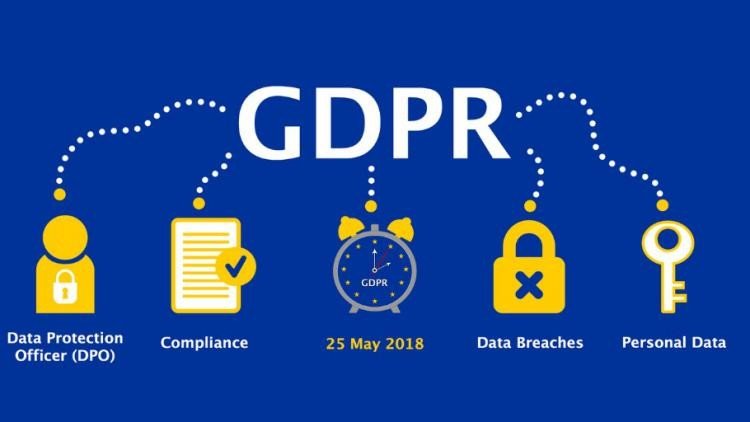Task: Managing your e-mailbox size for optimal performance. Eliminate notices that your mailbox is too full or nearing the limit and restricting your ability to send or receive emails.
Solution: Clean up your mailbox. Identify the current size of your mailbox and the size of each individual folder to find your space hogs. Then you can begin to delete everything you can. Archiving might also be a solution if it is approved by your company. Remember it is a good practice to follow a few tips for managing your mailbox, like immediately deleting email when possible, emptying the deleted items folder regularly and avoiding saving attachments in outlook.
How: Clean up your mailbox by following the steps below:
To get an overview of the total size of your mailbox and each individual folder’s size, you can use the Mailbox Cleanup feature.
Outlook 2003/ 2007: Click on: Tools > Mailbox Cleanup > View Mailbox Size > Folder Size window will open Outlook 2010: Click on File > Info > Cleanup Tools > Mailbox Cleanup > View Mailbox Size > Folder Size window will open

Mailbox Cleanup Window: You can also use this Mailbox Cleanup tool to find items ‘older than’ and to find items ‘larger than’ to help in your clean up process

Now that you have a good view of how big the folders are and where your email space is being used, it’s time to clean up. Go through each folder and sub folder and delete all unwanted emails. As a general note, most of your mailbox size will be in your “Inbox” and the subfolders of your inbox.
Clean up all folders: Sent Items / Deleted Items / Inbox – including ALL subfolders / Contacts / Journal / Notes / Calendar
Daily maintenance tips:
- Save attachments from emails outside your mailbox and send links when possible instead of attachments
- Only save the last email from a discussion which usually contains the entire discussion (Do a search by subject to find the related emails)
- Use SHIFT + DELETE to delete a message at once and avoid the deleted items folder build up
- Periodically check the size of your folders to proactively avoid reaching your limit when you don’t have time to do a full clean – up
- Regularly delete your Sent Items folder and Deleted Items folder as these can fill up quickly! Want to be prompted to empty the deleted items folder when you close Outlook? Follow these steps:
- Outlook 2003/2007 Choose: Tools > Options > other tab > Option: “Empty the Deleted Items folder upon exiting”
- Outlook 2010 Choose: File > Options > Advanced > select: “Empty Deleted Items folder when exiting Outlook”
After deleting everything you can, if your email size is still too large you can then try “Archiving”. Archiving takes the emails (or folders) from your mailbox and saves them to your “C” drive. Before Archiving you must confirm it is approved by your company policy. Archiving is a very popular solution but it comes with a slight risk. Archived email is stored on your computer’s hard drive which might not be backed-up, leaving you at risk of losing the archived email if a critical system error was to occur. Setting up Archiving:
OUTLOOK 2003/2007
- Click on: File > New > Outlook Data File > Office Outlook Personal Folders File (.pst)
- In the “Create or Open Outlook Data File” box – give the file a unique name and then click “OK”.
- In the “Create Microsoft Personal Folders” box, click “OK”. If you look on the left hand side of your Outlook, in “Folders List”, you will see a file called “Personal Folders”. You can now create other folders and/ or “Drag and Drop” folders or emails in this area.
OUTLOOK 2010
- Click on: Home tab > New Items > More Items > Outlook Data File

- In the “Create or Open Outlook Data File” window – give the file a unique name and click on “OK”.
- On the folders listing on the left hand side in Outlook, you will see your newly (unique name) created file. You can now create other folders and/ or “Drag and Drop” folders or emails in this area.
If you have any questions or need assistance we would be happy to help! Contact Waident Helpdesk at: helpdesk@waident.com or 630.547.7007




